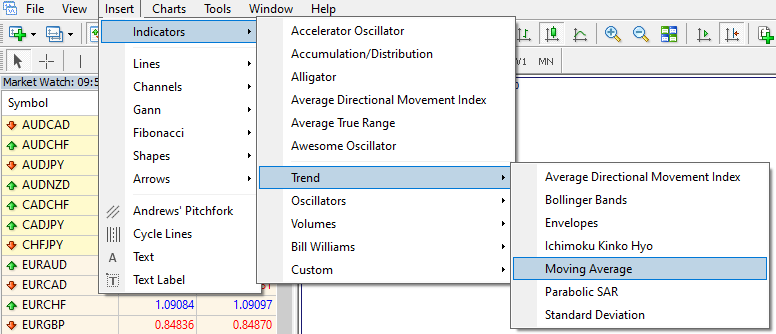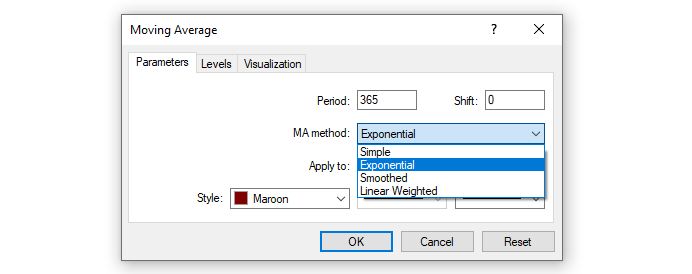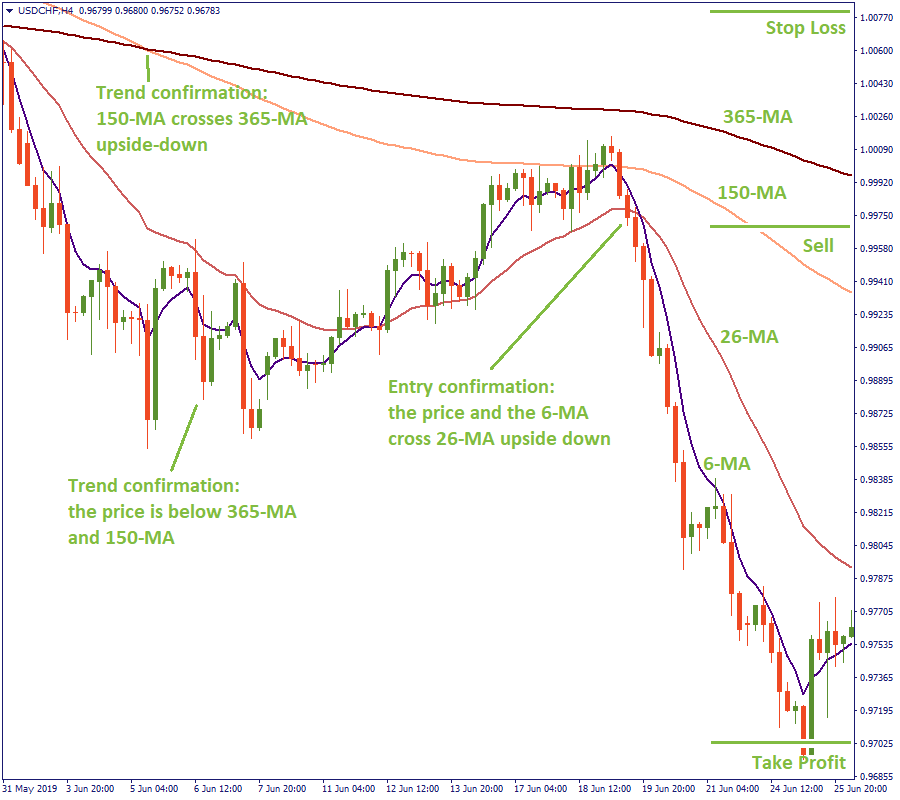
Bill Williams is the creator of some of the most popular market indicators: Awesome Oscillator, Fractals, Alligator, and Gator.
For a seamless experience, click “Redirect me.”

Don’t waste your time – keep track of how NFP affects the US dollar!
Data Collection Notice
We maintain a record of your data to run this website. By clicking the button, you agree to our Privacy Policy.

Beginner Forex Book
Your ultimate guide through the world of trading.
Check Your Inbox!
In our email, you will find the Forex 101 book. Just tap the button to get it!
Risk warning: ᏟᖴᎠs are complex instruments and come with a high risk of losing money rapidly due to leverage.
71.43% of retail investor accounts lose money when trading ᏟᖴᎠs with this provider.
You should consider whether you understand how ᏟᖴᎠs work and whether you can afford to take the high risk of losing your money.
2022-08-26 • Updated
Information is not investment advice
This is a trend-trading strategy. It allows determining trend and choosing entry points. Long-term Moving Averages are used to confirm the general market direction, and the short-term ones are used to indicate where to open a position.
Long-term Moving Averages: 365-period and 150-period, both exponential.
Short-term Moving Averages: 26-period and 6-period, both exponential.
Below you will see where to choose the Moving Average indicators in the MetaTrader menu.

Right-clicking on the Moving Average line and choosing the Properties menu will offer you to set the required exponential method as below.

Daily, H4 and H1 are most convenient for this strategy.
You may trade any currency, stock or commodity using this strategy. However, to make regular profits, it would be more efficient with those currency pairs or items, which show more regular price movement patterns. Therefore, we suggest such EUR/USD, GBP/USD, GBP/CHF, and USD/JPY for this strategy.
Essentially, we are not deviating from the trend-trading rule: buy on the rising market, sell on the decline. Therefore, firstly, you need to understand if the market is rising or falling. To do that more easily, plot 365-period and 150-period Moving Averages to the chart.
Now, if you see that prices are above the 365- and 150-MAs (or the 150-MA crosses the 365-MA bottom-up), that is a rising trend. Hence, you will buy. Otherwise, if prices are moving below both the long-term MAs (or the 150-MA crossed the 365-MA upside-down), that will be a downtrend. Thus, you will sell.
Now, find an entry point. To do that, you plot 26-period and 6-period MAs to the chart.
In an uptrend, wait for the price (or the 6-MA) to cross the 26-MA bottom-up – that will be a signal to open long positions.

In a downtrend, when you see the price (or the 6-MA) crossing the 26-MA upside-down – you sell.

It is recommended to set the stop-loss above the 365-MA for the sell trade, and below the 365-MA for the buy trade.
There is information in the media that this strategy enabled a group of traders to gain significant profits on 80 deals in a row. While that may be the case (we cannot deny the possibility of an effective trading strategy in use), we do not advise you to get obsessed with any single strategy to see if you actually hit 80 or 100 or any other number of successful deals based on this approach.
Sober risk-management and expectations from daily trading are always the best practice. See if this strategy works for you, take some time to reality-check it. If it is successful – well done; proceed with caution. If not – continue learning and try using other strategies.

Bill Williams is the creator of some of the most popular market indicators: Awesome Oscillator, Fractals, Alligator, and Gator.

Trend strategies are good - they may give significantly good results in any time frame and with any assets. The main idea of the ADX Trend-Based strategy is to try to catch the beginning of the trend.

Counter-trend strategies are always the most dangerous but also the most profitable. We are pleased to present an excellent counter-trend strategy for working in any market and with any assets.
Your request is accepted.
We will call you at the time interval that you chose
Next callback request for this phone number will be available in 00:30:00
If you have an urgent issue please contact us via
Live chat
Internal error. Please try again later